Stories about "Science and technology"
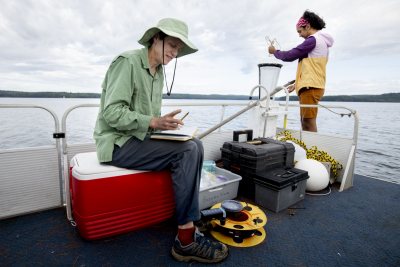
Bates scientist has pivotal role in $6 million project to better predict lake cyanobacterial blooms
Wednesday, October 23, 2019 9:06 am
Holly Ewing is integral to the National Science Foundation-funded project to use big data and robotics against the growing hazard of blue-green algae blooms.
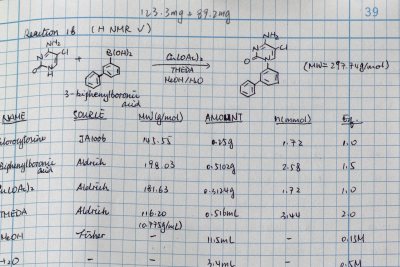
Announcing Bobcat339: a student-invented molecule with pharmaceutical promise
Friday, October 4, 2019 11:33 am
Protected by a provisional patent filing, the molecule Bobcat339 speaks to pharmaceutical promise and how students become cutting-edge science researchers at Bates.
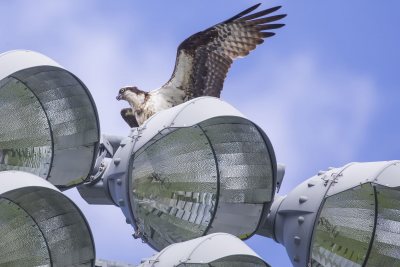
Slideshow: Osprey vs. goldfish at Lake Andrews
Thursday, September 12, 2019 10:00 am
Watch what happens when an osprey goes for the gold at Lake Andrews.
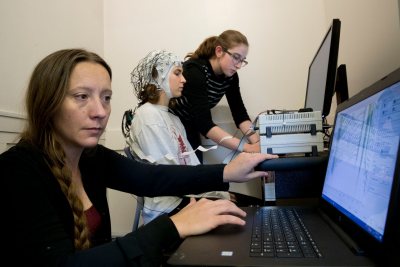
Bates announces $3.97 million National Science Foundation grant for visual database project
Friday, August 16, 2019 11:02 am
The largest-ever federal grant awarded to Bates, the award will fuel creation of a vast video gallery to support research in various fields, including artificial intelligence.
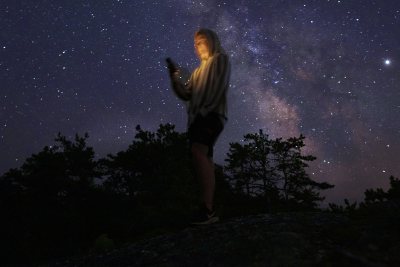
Video: What can you see in the starry Maine sky on a summer night?
Wednesday, August 7, 2019 9:41 am
This time-lapse video, filmed at the college’s Coastal Center at Shortridge, kicks off with sun barreling toward the western horizon. Then the show begins.
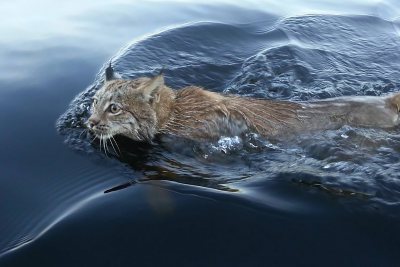
NESCAC Heat Poll for July 20–21: Jumbos flip the script
Tuesday, July 23, 2019 12:32 pm
On the hottest two days of the hottest July on record, which NESCAC college were the toastiest?
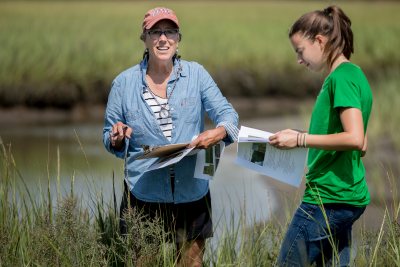
Q&A: Laura Sewall on 11 years as Bates–Morse Mountain director
Friday, July 19, 2019 10:30 am
Sewall shares takeaways from the conservation area, including the role of "blue carbon," the toll of climate change, and the value in letting nature take its course.
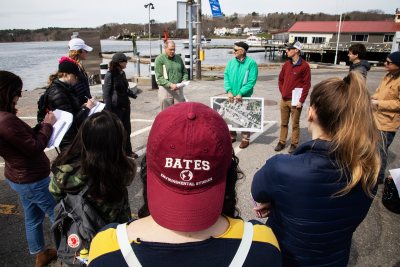
From folks on the front lines, Short Term students learn about sea level rise
Thursday, May 30, 2019 1:30 pm
For a Short Term course new in 2019, professors Lynne Lewis and Francis Eanes brought students to the front lines of the battle against rising seas.
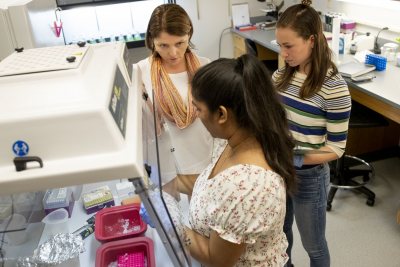
Hill and Wageners team up to ensure that all STEM students thrive at Bates
Thursday, May 2, 2019 1:57 pm
Students in science and math are entitled to thrive, not just survive, says April Hill, the Wagener Family Professor for Equity and Inclusion in STEM.
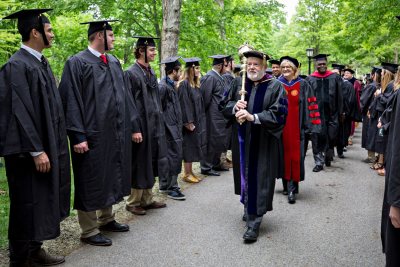
Jennifer Doudna, pioneer and leading public voice of CRISPR gene-editing research, to deliver 2019 Commencement Address, joined by honorands Travis Mills and Megan Smith
Wednesday, March 27, 2019 9:12 am
An internationally renowned biochemist, Doudna is a leading public voice in the emerging discussion of the societal and ethical implications of CRISPR-Cas9 genome editing technology.